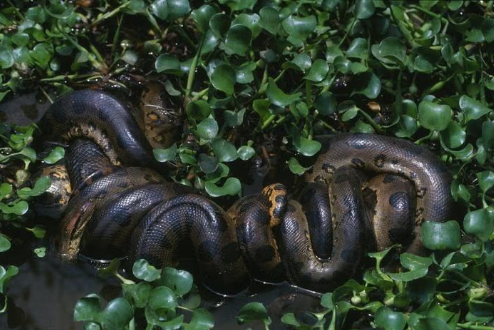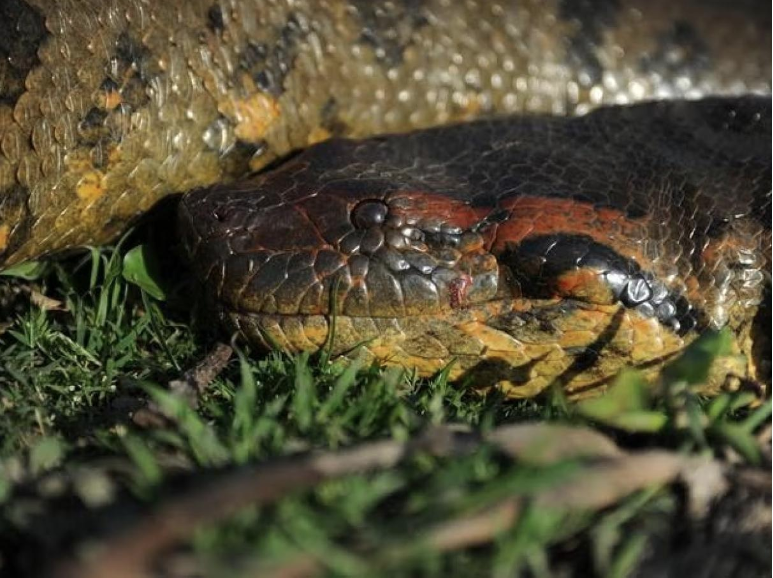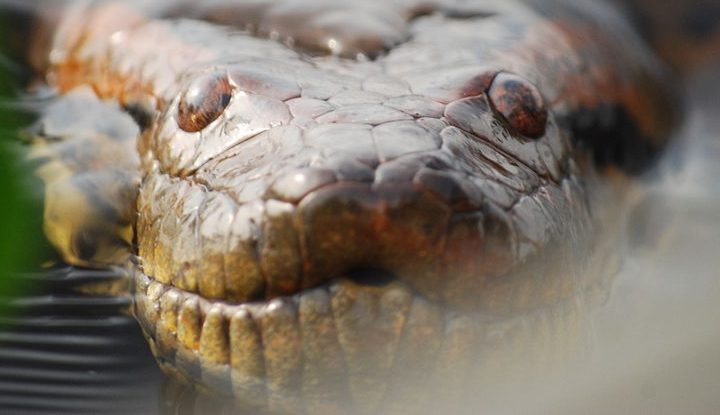Scientists have discovered a previously undocumented species of giant anaconda in the Amazon rainforest. Growing up to 7.5 meters long and weighing close to 500 kilograms, this new species is considered the largest and heaviest snake in the world.
The Biggest and Heaviest Snake Known
Four species of anaconda are known so far, the largest of which, the green anaconda, inhabits tropical regions of South America, such as the Amazon, Orinoco and Esequibo river basins, and some small watersheds. Known for their lightning-like speed and their ability to kill their prey by enveloping, strangling and swallowing them whole, anacondas play an important role in river and wetland ecosystems.
- Fingerprint Security at Risk: Touch Screen Sound Can Steal Your Fingerprint!
- The brightest and fastest growing object known in the universe: This black hole swallows a Sun every day!
Green Anaconda Appears as Two Different Species
After decades of research, a new study has revealed that the green anaconda is actually made up of two genetically distinct species. Working with the indigenous Waorani people, researchers captured and studied several specimens of the newly named northern green anaconda (Eunectes akayima) in the Bameno region of Baihuaeri Waorani Land in the Ecuadorian Amazon.

Discovered during the filming of the National Geographic series
The new species was discovered during the filming of National Geographic’s Disney+ series Pole to Pole with Will Smith. Scientists documented several anacondas of the new species “lurking in the shallows, waiting for prey” as they canoed through the Amazon river system.
Over 7.5 meters long and weighing 500 kilograms
“The size of these magnificent animals was incredible. One female anaconda we encountered was 6.3 meters long.” There are anecdotal reports from the Waorani people that there are other anacondas in the region that are over 7.5 meters long and weigh around 500 kilograms.
Separated 10 Million Years Ago
The new species, described in the academic journal Diversity, diverged from the previously known southern green anaconda about 10 million years ago and is 5.5 percent genetically different from it. This is a huge difference compared to humans being only 2 percent different from chimpanzees.
Anacondas Vital to Maintain Ecosystem Balance
Researchers emphasize that this finding is extremely important for the conservation of anacondas, which are super predators and vital for maintaining the balance in their ecosystems. A healthy anaconda population means that ecosystems are vibrant with abundant food sources and clean water, while declining snake numbers may indicate environmental problems.
Anacondas Under Threat
Anacondas and their habitats are under increasing threat from land fragmentation caused by industrialized agriculture, forest fires, drought, climate change and heavy metal pollution linked to leaks from oil extraction activities.
Researchers Warn
“It is particularly urgent to investigate how petrochemicals from oil spills affect the fecundity and reproductive biology of these rare snakes,” Dr. Fry said.
This new discovery underscores that the Amazon rainforest still holds many mysteries that remain to be discovered and that more research is needed to protect this unique ecosystem.
source: https://www.independent.co.uk/news





